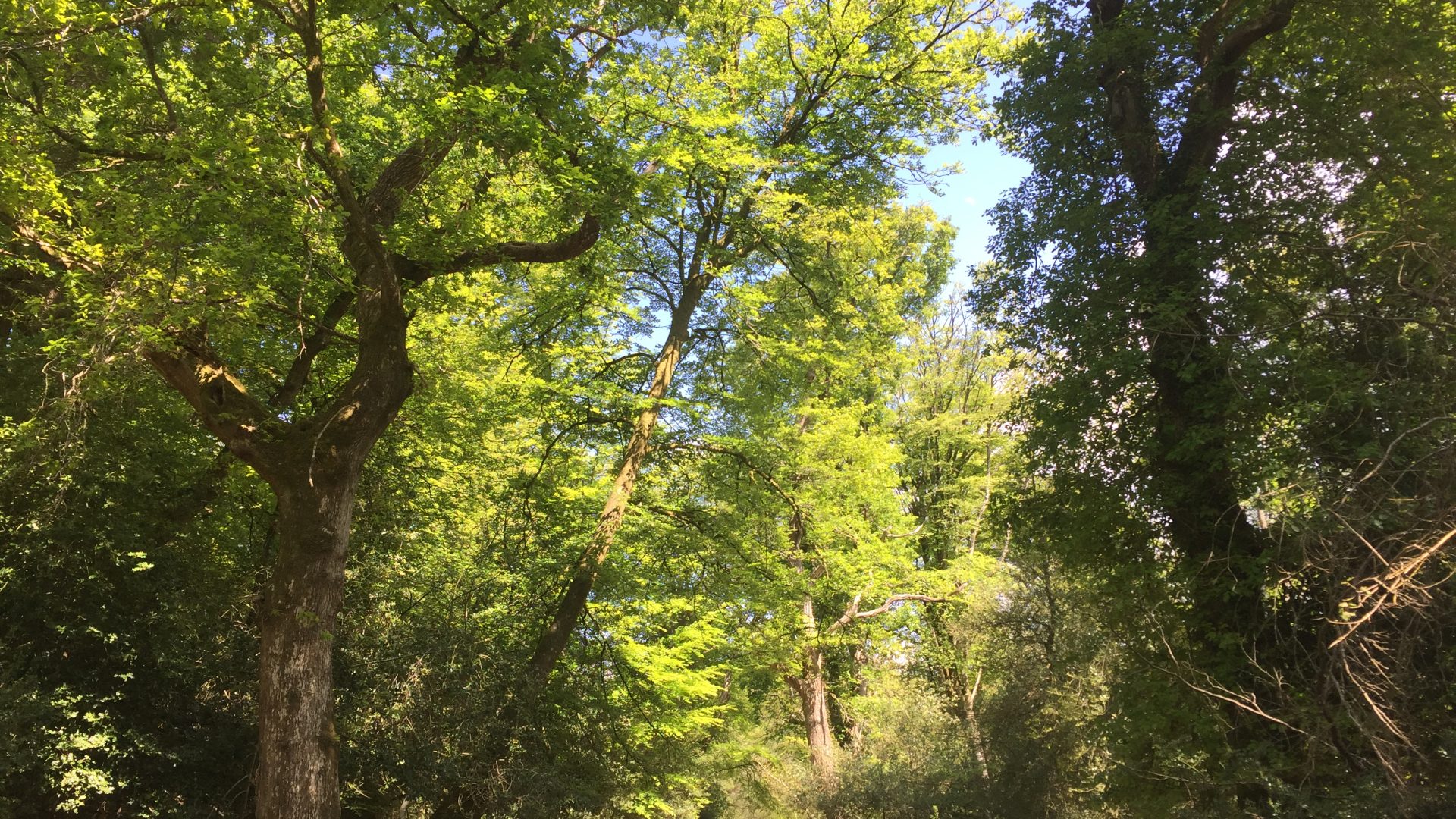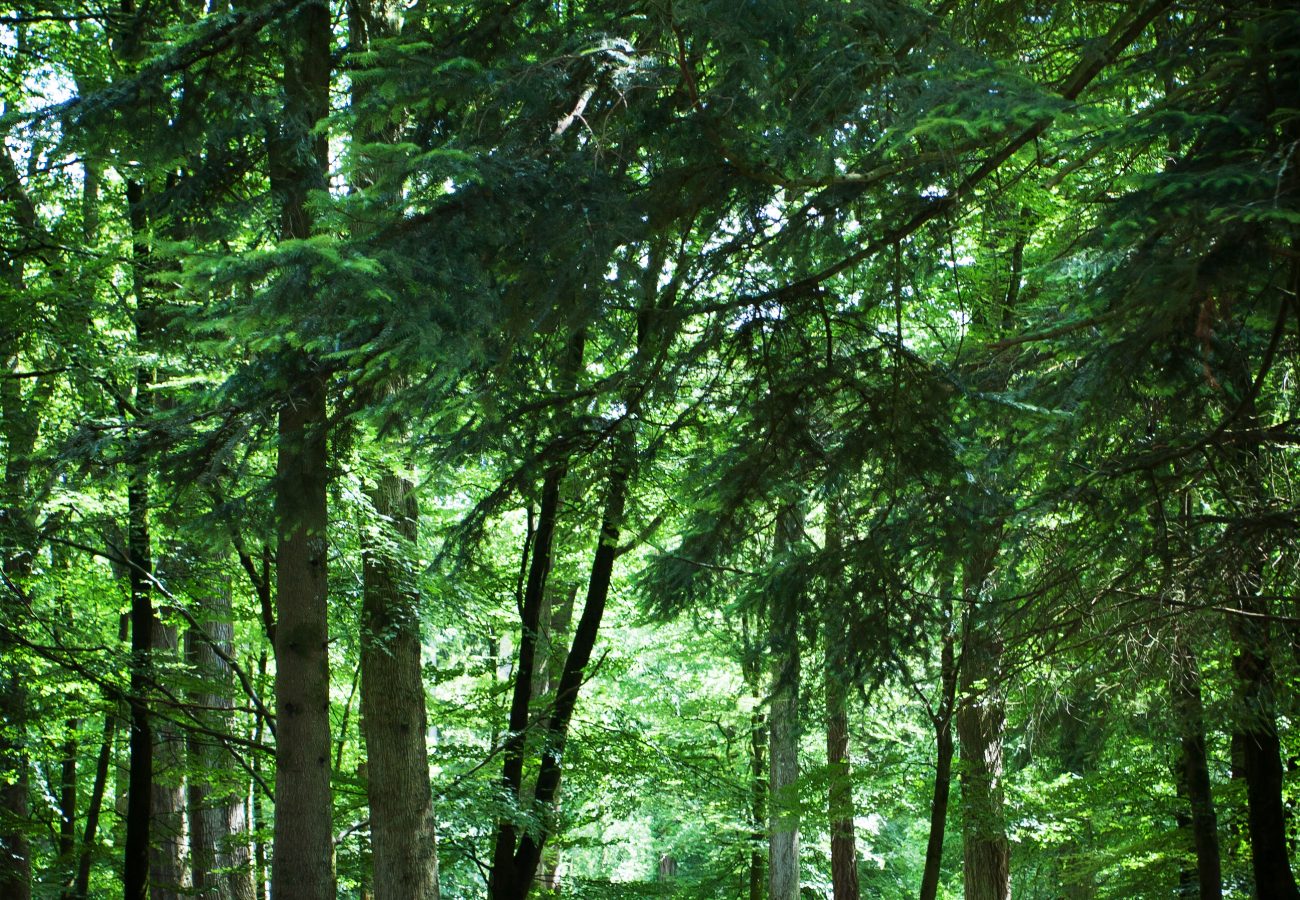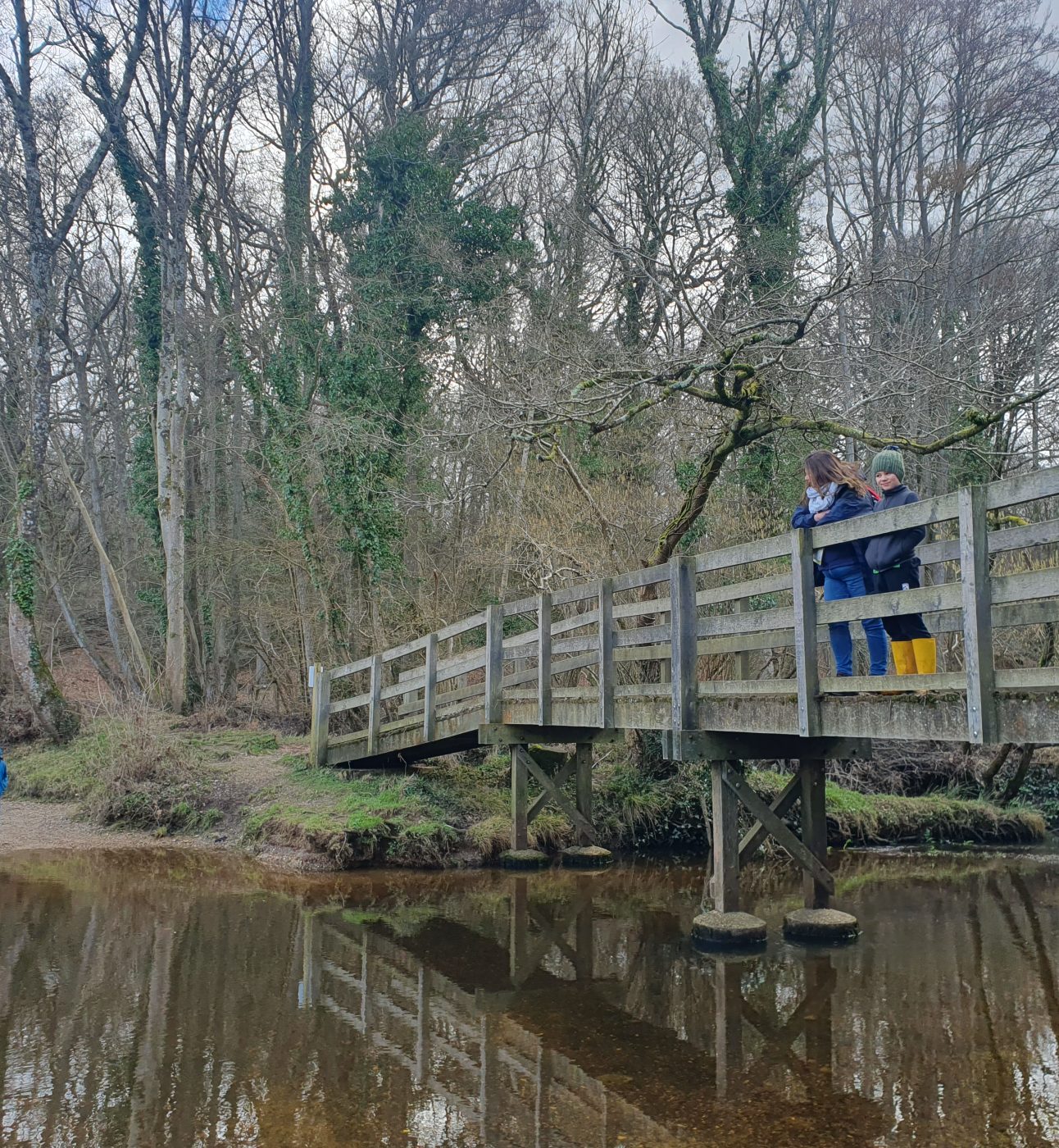
New Perspectives – Katie’s New Children of the New Forest
Our latest New Perspectives Bursary project comes from Katie Dancey-Downs, a writer and journalist based in the New Forest National Park.

The New Forest is a mosaic of ancient and ornamental woodland, heather-covered heaths, boggy mires, picturesque villages and a coastline of mudflats and saltmarshes.
Despite its name, less than half of the New Forest National Park is covered in trees. The Park is a patchwork of diverse habitats including ancient woodland, 26 miles of coastline and the most extensive area of heathland remaining in Europe with over 10,000 hectares. It is an important habitat for many animals, including ground nesting birds and all 5 UK deer species.
The New Forest is one of the only remaining lowland common areas in Britain. Thousands of free roaming animals including ponies, sheep and cattle are managed by ‘commoners’, or local farmers and landowners with the right to graze their livestock over 38,000 hectares of the Park under Common Law. These grazing animals have shaped the landscape of the New Forest over several hundred years and continue to play a key role in the maintenance of much of the New Forest landscape.

© Dawn BrownDid you know? The New Forest was created by William the Conqueror in 1077 for the hunting of deer and game.
Designation: 1 March 2005
Habitats: Heathland, farmland, estuaries, beaches and seashore, wetlands, ancient woodland
Common wildlife: Roe deer, fallow deer, silka deer, ground nesting birds such as the Nightjar, woodlark and meadow pipet, waders, including lapwing, oystercatcher and curlew
Star spots: Red deer, pearl-bordered and small pearl-bordered fritillary butterflies
Notable towns and cultural sights: Hurst Castle
Notable nature sights: National Trust commons
Popular activities for visitors: Hiking
Highest peak: Telegraph Hill at 167 meters above sea level
Annual visitor numbers: 13.5 million
Threats: Climate change, over tourism, increased pressures from farming

Our latest New Perspectives Bursary project comes from Katie Dancey-Downs, a writer and journalist based in the New Forest National Park.

We support an amendment to the Levelling Up Bill which would require public bodies to take action and prioritise investment in rivers such as the Lymington.